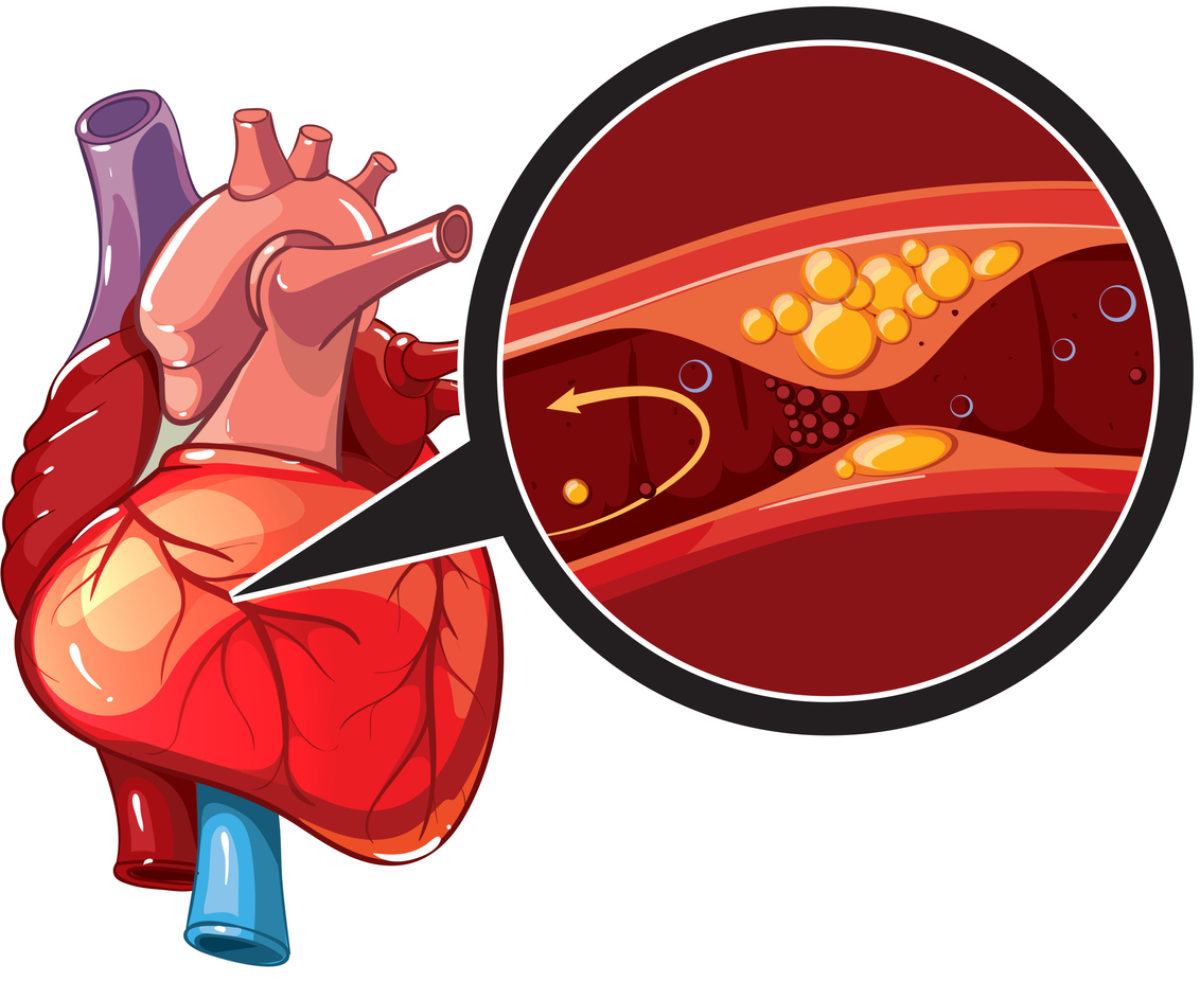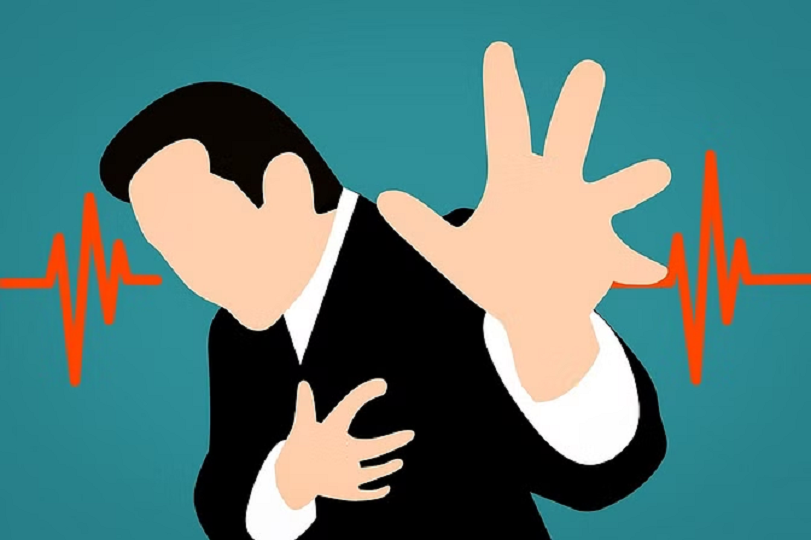
PC: amarujala
The risk of heart disease is no longer limited to older individuals but is also increasing in those below 30 years of age. Recent reports have also revealed cases of heart attacks and cardiac arrest among school children. Health experts emphasize that cardiovascular problems are becoming prevalent in all age groups due to lifestyle and diet-related problems. This underlines the importance of taking preventive measures from an early age.
World Heart Day is celebrated across the world on 29 September every year with the aim of raising awareness about the dangers of heart disease and promoting heart health. Doctors emphasize that heart disease can affect both men and women differently, with variations in symptoms and risk factors.
Gender difference in cholesterol levels:
Experts at Brijmohan Lal Munjal and Women's Hospital warn that cholesterol levels and their impact on heart health may differ between men and women. In men, cholesterol usually accumulates in the largest arteries that supply blood to the heart. In contrast, in women, cholesterol builds up in the smallest blood vessels called the microvasculature. These differences highlight the importance of a tailored approach to managing heart health for each gender.

PC: amarujala
Various heart attack symptoms:
Symptoms of heart attack may also be different in men and women. Men more commonly complain of chest pain, while women may experience widespread symptoms such as nausea, sweating, vomiting, and pain in the neck, jaw, back, abdomen, or shoulders during a heart attack. It is important to recognize these gender-specific traits.

PC: amarujala
Various risk factors for heart diseases:
Risk factors for heart disease can also vary. A woman's reproductive history, including pregnancy complications such as preeclampsia and gestational diabetes, may serve as an indicator of future heart disease risk. A study conducted in 2016 by Brigham Health researchers showed that women under the age of 40 were more likely to experience endometriosis, a condition affecting the lining of the uterus, heart attacks, chest pain, or blocked arteries. These findings underscore the importance of considering multiple risk factors for cardiovascular disease in women.










